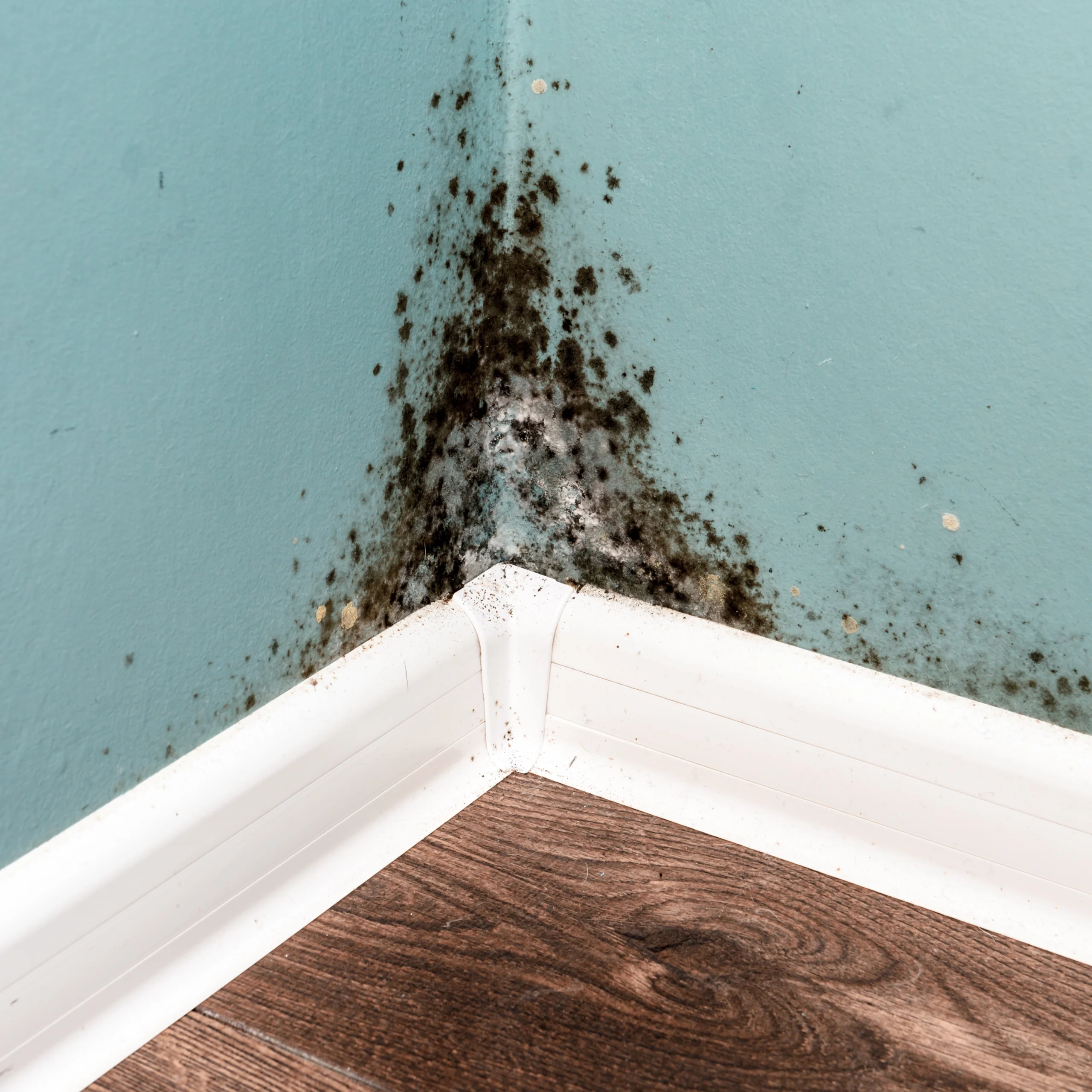Do you know what those ugly black stains on your walls are? They are called black mold and are a risk to your home and health. Black Molds grow in rooms that are damp and humid, and drywall is one of their favourite places to grow because it absorbs moisture easily. Prolonged mold exposure can cause serious respiratory issues, skin irritation, or structural damage to the house, which are all good reasons for getting rid of black mold growing on your walls. In this guide, you will learn the best methods to remove mold and recommendations to avoid future mold build-up.
7 Proven Mold Removal Strategies: Say Goodbye to Black Mold on Drywall!
Black mold enjoys growing on drywall and wood, which can show visible growth just within 24 hours. Once black mold has been visible for a week, it can lead to outbreaks. That is why it is crucial to remove them before you start to lose your mind over mold.
Here are the best 7 proven methods of killing black mold from drywalls:
Use a Mixture of Water and bleach.
In the first stage of mold growth, make a mold killer by mixing half a cup of bleach with a quart of water. Brush this onto the moldy drywall until the mold disappears. Then, wipe the surface, but don’t rinse it because leaving the solution on helps kill any hidden spores.
Try Using Household Detergent
The best and most affordable method of removing mold is to use the detergent in your laundry room. Start by spraying the surface with detergent until it is damp, and let the detergent air dry. Once the detergent dries, respray the surface and wipe it off to remove any residue that is left behind.
Distilled White Vinegar
Vinegar can kill black mold on drywall. White distilled vinegar is acidic and can penetrate porous drywall surfaces, killing mold at the root. Spray vinegar directly onto the affected area, let it sit for at least one hour, and wipe clean.
Hydrogen Peroxide
When it comes to mold removal, hydrogen peroxide is just as effective as water and bleach. But use this chemical with caution. Applying hydrogen peroxide could harm the wall’s paint. Before removing the solution, use a 3% solution and allow the chemical to sit for ten minutes.
Take Help From Ammonia
Only use ammonia to kill mold if you have no other choice. It’s toxic and should only be used in well-ventilated spaces, ideally outdoors. It’s not very good at soaking into drywall, so it might not kill all the mold inside your walls.
Commercial Mold Removal Products
Several commercial products are effective at removing black mold. Popular options include RMR-86 Instant Mold and Mildew Stain Remover, Clorox Tilex Mold and Mildew Remover.
| Caution! Many products contain harsh chemicals. Ensure proper ventilation and read instructions carefully. |
Professional Mold Remediation Services
If the mold covers an area larger than 10 square feet, DIY methods may not be safe or effective. Professionals have got the heavy-duty gear, special HEPA filters, and antimicrobial sprays to wipe out mold. Sometimes, they even need to rip out and swap drywall if things are really bad.
Conclusion
Black mold on drywall poses both a health risk and a risk to structural safety. If you spot a little mold, you might get rid of it with vinegar or hydrogen peroxide. But big mold problems? Professionals may need to be involved. All of this aside, we can’t forget that the most important step is eliminating your moisture problem and increasing your ventilation, in order to prevent health problems in the future. Taking these early steps to keep your home safe also protects the value of your property, but above all, your health!
FAQs
How long does mold take to dry out?
Before starting to rebuild, replace, or return items, let the wet or contaminated area completely dry, which usually takes two to three days.
How can you test for mold in drywall?
Dip a clean cotton swab into a diluted bleach solution and dab it on your wall. If the area brightens after a while, it is moldy.
Can mold grow under paint?
Painting over mold is similar to applying a band-aid to a leaking pipe; it temporarily fixes the issue but causes it to worsen over time.

